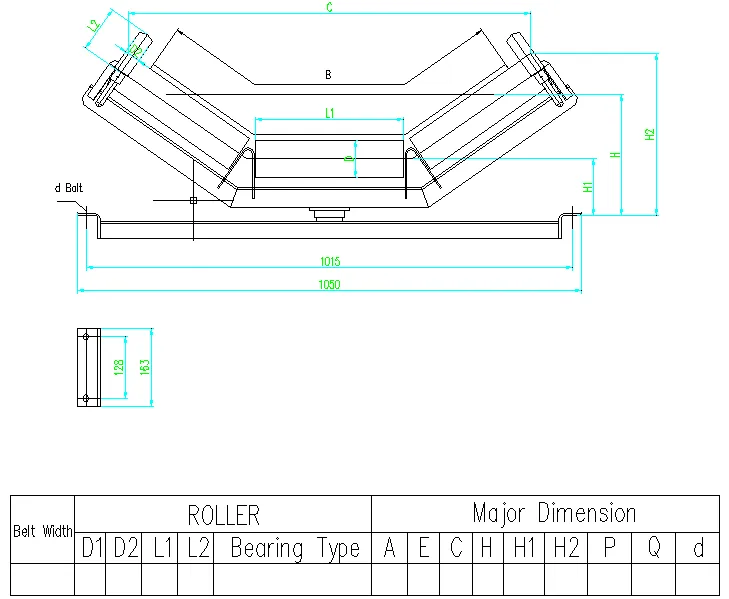 Afrikaans
Afrikaans  Albanian
Albanian  Amharic
Amharic  Arabic
Arabic  Armenian
Armenian  Azerbaijani
Azerbaijani  Basque
Basque  Belarusian
Belarusian  Bengali
Bengali  Bosnian
Bosnian  Bulgarian
Bulgarian  Catalan
Catalan  Cebuano
Cebuano  Corsican
Corsican  Croatian
Croatian  Czech
Czech  Danish
Danish  Dutch
Dutch  English
English  Esperanto
Esperanto  Estonian
Estonian  Finnish
Finnish  French
French  Frisian
Frisian  Galician
Galician  Georgian
Georgian  German
German  Greek
Greek  Gujarati
Gujarati  Haitian Creole
Haitian Creole  hausa
hausa  hawaiian
hawaiian  Hebrew
Hebrew  Hindi
Hindi  Miao
Miao  Hungarian
Hungarian  Icelandic
Icelandic  igbo
igbo  Indonesian
Indonesian  irish
irish  Italian
Italian  Japanese
Japanese  Javanese
Javanese  Kannada
Kannada  kazakh
kazakh  Khmer
Khmer  Rwandese
Rwandese  Korean
Korean  Kurdish
Kurdish  Kyrgyz
Kyrgyz  Lao
Lao  Latin
Latin  Latvian
Latvian  Lithuanian
Lithuanian  Luxembourgish
Luxembourgish  Macedonian
Macedonian  Malgashi
Malgashi  Malay
Malay  Malayalam
Malayalam  Maltese
Maltese  Maori
Maori  Marathi
Marathi  Mongolian
Mongolian  Myanmar
Myanmar  Nepali
Nepali  Norwegian
Norwegian  Norwegian
Norwegian  Occitan
Occitan  Pashto
Pashto  Persian
Persian  Polish
Polish  Portuguese
Portuguese  Punjabi
Punjabi  Romanian
Romanian  Russian
Russian  Samoan
Samoan  Scottish Gaelic
Scottish Gaelic  Serbian
Serbian  Sesotho
Sesotho  Shona
Shona  Sindhi
Sindhi  Sinhala
Sinhala  Slovak
Slovak  Slovenian
Slovenian  Somali
Somali  Spanish
Spanish  Sundanese
Sundanese  Swahili
Swahili  Swedish
Swedish  Tagalog
Tagalog  Tajik
Tajik  Tamil
Tamil  Tatar
Tatar  Telugu
Telugu  Thai
Thai  Turkish
Turkish  Turkmen
Turkmen  Ukrainian
Ukrainian  Urdu
Urdu  Uighur
Uighur  Uzbek
Uzbek  Vietnamese
Vietnamese  Welsh
Welsh  Bantu
Bantu  Yiddish
Yiddish  Yoruba
Yoruba  Zulu
Zulu A Guide to Different Belt Cleaner Types for Optimal Conveyor Performance
Understanding Types of Belt Cleaners A Comprehensive Overview
Belt cleaners are essential components in conveyor systems, playing a vital role in maintaining efficiency and safety in material handling applications. As materials are transported on conveyor belts, they can leave behind residual particles, which not only hamper the belt's performance but also affect equipment longevity and product quality. Therefore, it’s crucial to choose the right type of belt cleaner for a given application. This article explores various types of belt cleaners and their functionalities.
1. Primary Belt Cleaners
Primary belt cleaners are typically installed at the discharge end of the conveyor system. Their primary role is to remove bulk material that sticks to the belt. These cleaners work in conjunction with the belt's movement; as the belt travels, the cleaner engages with the belt's surface to scrape off residual material effectively.
Types of Primary Belt Cleaners - Blade Cleaners These are the most common type and consist of a blade that presses against the belt. They can be adjusted for optimal cleaning performance. - Scraper Cleaners Made of rubber or polyurethane, scraper cleaners are durable and flexible, providing efficient cleaning across various conveyor materials and environments.
2. Secondary Belt Cleaners
Secondary belt cleaners are positioned further down the conveyor line, usually after the primary cleaner. Their function is to capture any remaining materials that might still cling to the belt after the primary cleaning process. This additional cleaning step is crucial for ensuring that the conveyor operates optimally.
Types of Secondary Belt Cleaners - Helical Cleaners These feature a spiral or helical design that effectively removes finer residues from the belt surface. - Tensioned Scraper Cleaners These systems apply constant pressure against the belt with their flexible blades to ensure thorough cleaning.
Combination cleaners integrate both primary and secondary cleaning systems into one unit. They are designed to address both major debris and fine residues in a thorough manner, offering a more holistic solution for belt cleaning. This approach can significantly reduce downtime and maintenance costs.
types of belt cleaners

4. Specialized Cleaners
In specific industries, such as food processing or pharmaceutical manufacturing, specialized belt cleaners are required to meet stringent hygiene and safety standards. These cleaners often have unique designs and materials that ensure they can handle specific contaminants without compromising product quality.
Types of Specialized Cleaners - Food-Grade Cleaners Made from FDA-approved materials, these cleaners are essential for industries dealing with consumables, ensuring that no harmful residues are left on the belts. - Chemical-Resistant Cleaners These cleaners are designed to withstand harsh chemicals often used in process industries, maintaining their integrity while effectively cleaning the belt.
5. Magnetic and Electrostatic Cleaners
For industries where metal and fine particles pose a challenge, magnetic and electrostatic cleaners provide innovative solutions. Magnetic cleaners utilize magnets to attract and remove metal debris, while electrostatic cleaners use static electricity to capture fine particles. Both methods offer non-invasive cleaning solutions that can be integrated into existing systems.
Selecting the Right Belt Cleaner
Choosing the appropriate belt cleaner involves evaluating several factors, including - Type of Material Being Handled Different materials may require specific types of cleaners to ensure optimal performance. - Environmental Conditions Consideration of factors like temperature, humidity, and the presence of chemicals is crucial. - Conveyor Design and Configuration The layout and inclination of the conveyor can impact the efficiency and placement of cleaners. - Maintenance Requirements Some cleaners require more downtime for maintenance, while others are designed for continuous operation.
Conclusion
Belt cleaners are indispensable in ensuring the longevity and efficiency of conveyor systems. With a variety of options available, it's essential to evaluate each type of cleaner based on the unique needs of the application. Proper selection and installation will lead to improved productivity, reduced downtime, and a cleaner operating environment. Whether for industrial, food processing, or specialized applications, understanding the different types of belt cleaners is the first step toward achieving optimal conveyor performance.
-
Revolutionizing Conveyor Reliability with Advanced Rubber Lagging PulleysNewsJul.22,2025
-
Powering Precision and Durability with Expert Manufacturers of Conveyor ComponentsNewsJul.22,2025
-
Optimizing Conveyor Systems with Advanced Conveyor AccessoriesNewsJul.22,2025
-
Maximize Conveyor Efficiency with Quality Conveyor Idler PulleysNewsJul.22,2025
-
Future-Proof Your Conveyor System with High-Performance Polyurethane RollerNewsJul.22,2025
-
Driving Efficiency Forward with Quality Idlers and RollersNewsJul.22,2025





























